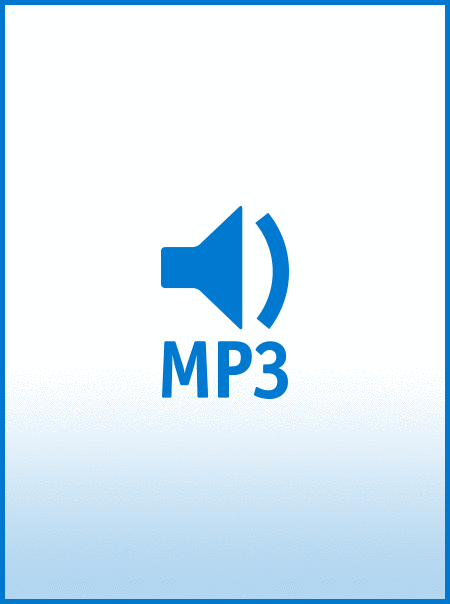Alto Voice,Cello,Double Bass,Viola,Violin - Digital Download SKU: A0.1059518 Composed by Traditional. Arranged by Lorin Nelson, David Warin Solomons. 20th Century,Children,Contemporary. Full Performance. Duration 178. David Warin Solomons #3397199. Published by David Warin Solomons (A0.1059518). Jolly version of this famous nursery song by Lorin Nelson and David Warin SolomonsA frog he would a-wooing go, mm mm, mm mm, A frog he would a-wooing go, Whether his mother would let him or no, mm mm, mm mm. He rode right to Miss Mousie's den, mm mm, mm mm, He rode right to Miss Mousie's den, Said he, Miss Mousie are you within? mm mm, mm mm. Oh yes, Sir Frog, I sit and spin, mm mm, mm mm, Oh yes, Sir Frog, I sit and spin, So open the door and walk right in, mm mm, mm mm. He said, Miss Mousie I?ve come to see, mm mm, mm mm, He said, Miss Mousie I?ve come to see, If you, Miss Mousie, will marry me? mm mm, mm mm. I don't know what to say to that, mm mm, mm mm, I don't know what to say to that, 'Til I can see my Uncle Rat, mm mm, mm mm. When Uncle Rat came riding home, mm mm, mm mm, When Uncle Rat came riding home, Said he, Whose been here since I've been gone? mm mm, mm mm. A fine young gentleman has been here, mm mm, mm mm, A fine young gentleman has been here, Who wants to marry me, that is clear, mm mm, mm mm. So Uncle Rat, he rode to town, mm mm, mm mm, So Uncle Rat, he rode to town, And bought his niece a wedding gown, mm mm, mm mm. Where shall our wedding supper be, mm mm, mm mm, Where shall our wedding supper be? Down in the trunk of the hollow tree, mm mm, mm mm. The first to come was the Bumble Bee, mm mm, mm mm, The first to come was the Bumble Bee, He strung his fiddle over his knee, mm mm, mm mm. The next to come was a Crawley Bug, mm mm, mm mm, The next to come was a Crawley bug, He broke the bottle and smashed the jug, mm mm, mm mm. The next to come was the Captain Flea, mm mm, mm mm, The next to come was the Captain Flea, He danced a jig with the Bumble Bee, mm mm, mm mm. The Frog and Mouse, they went to France, mm mm, mm mm, The Frog and Mouse, they went to France, And this is the end of my romance, mm mm, mm mm
